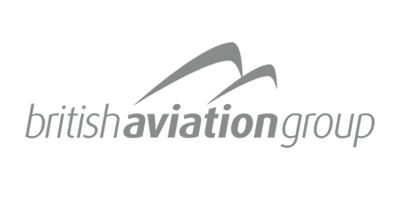"Distributed Aviation Concepts and Technologies explores the long-term potential of achieving a new distributed aviation system to transcend the current centralized model. The current system is dominated by vehicles and technologies designed for hub and spoke operations. A distributed vision for the future would redefine both the system and the vehicles." -
This is the introduction in Mark D. Moore’s paper 'Distributed Aviation Concepts and Technologies' published by NASA Langley Research Centre in 2008. Distributed Aviation is not a new concept but a recycled one, however, where Mark sought to discuss the overall system, I chose to focus on the impacts on commercial sub regional aviation. Although I developed my paper without knowing about his 2008 paper, I take pride in knowing that I came to the same conclusion as Mark, who can only be described as the father of electric aviation. I am lucky in that I have met Mark twice where we had a chance to discuss the opportunities brought about through electric propulsion systems. I hope that you find this article as inspiring as I have found Mark's thoughts on the opportunities of a distributed aviation system.
This paper explores how the economics of distributed electric propulsion systems will give rise to the development of electric sub regional aviation using both eCTOL and eVTOL aircraft and give rise to electric Low Cost Carriers (eLCCs). Although the paper was published by ADS Group UK the opportunities for electric aviation are global. This was commented on by Mark Moore on my LinkedIn Post which you can find here.
In the paper we also report on a bottom up demand modelling exercise we undertook on behalf of the UKs Future Flight Challenge. The study identified 15 potential routes for eVTOL/eCTOL services and identified the potential daily frequencies between the origins and destinations. We additionally calculated an economic claw back due to reduced time spent driving and determined that on an annual basis 80k tonnes of carbon could be saved assuming green sources of electricity.
Below you will find a link to the ADS Group page to download the paper.
Distributed Aviation - a new economic model for electric aviation - ADS Group
If you have any questions please feel free to reach out to me via darrell@swansonaviation.co, Linkedin or Twitter via @DarrellAviation
Regards,
Darrell Swanson
Board member - British Aviation Group
Officer - Vertical Flight Society - UK
Electric aviation advisor to – NASA, ADS UAM Group, Flight Crowd, CivataGlobal, VFS & CAMI




